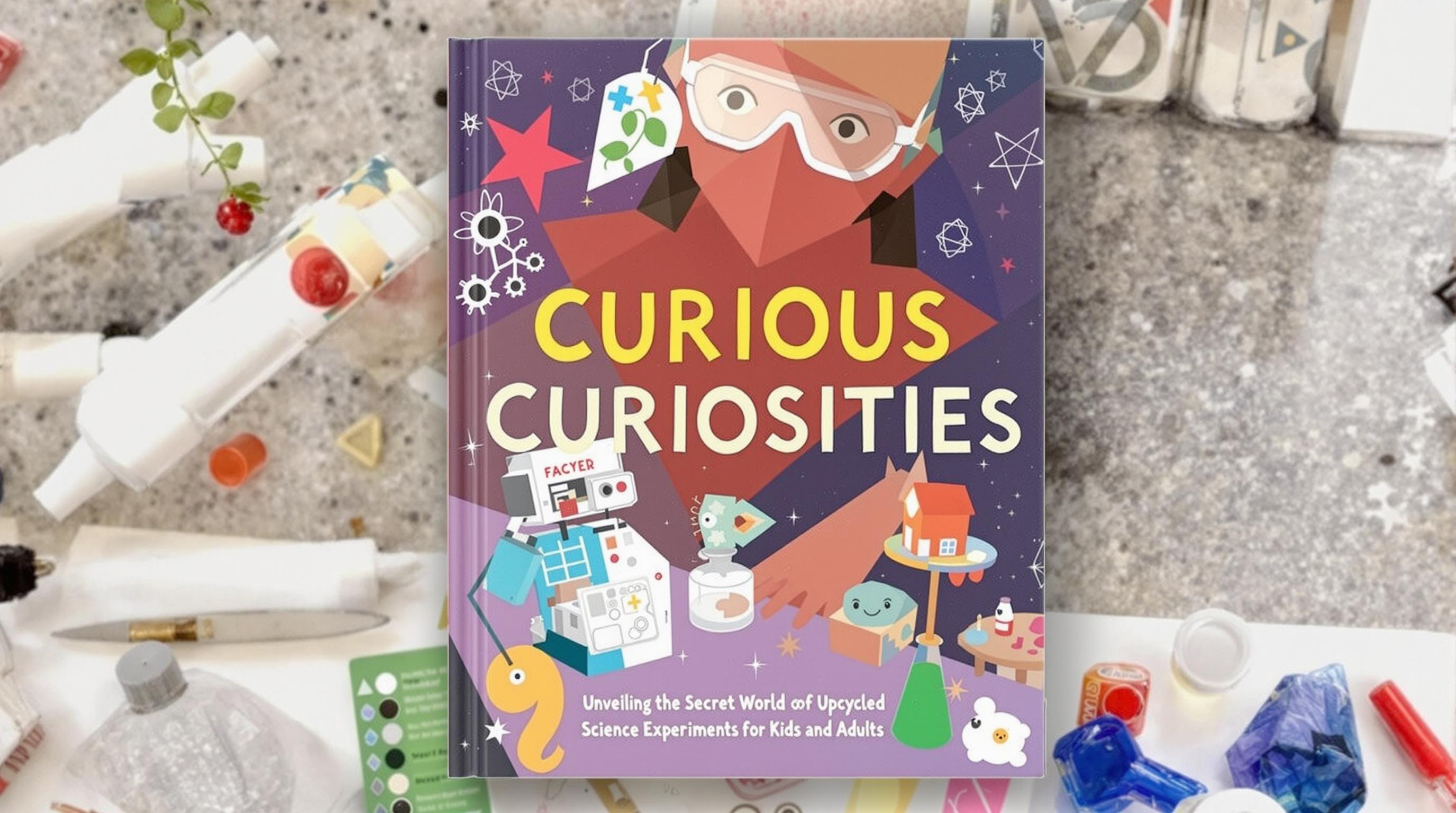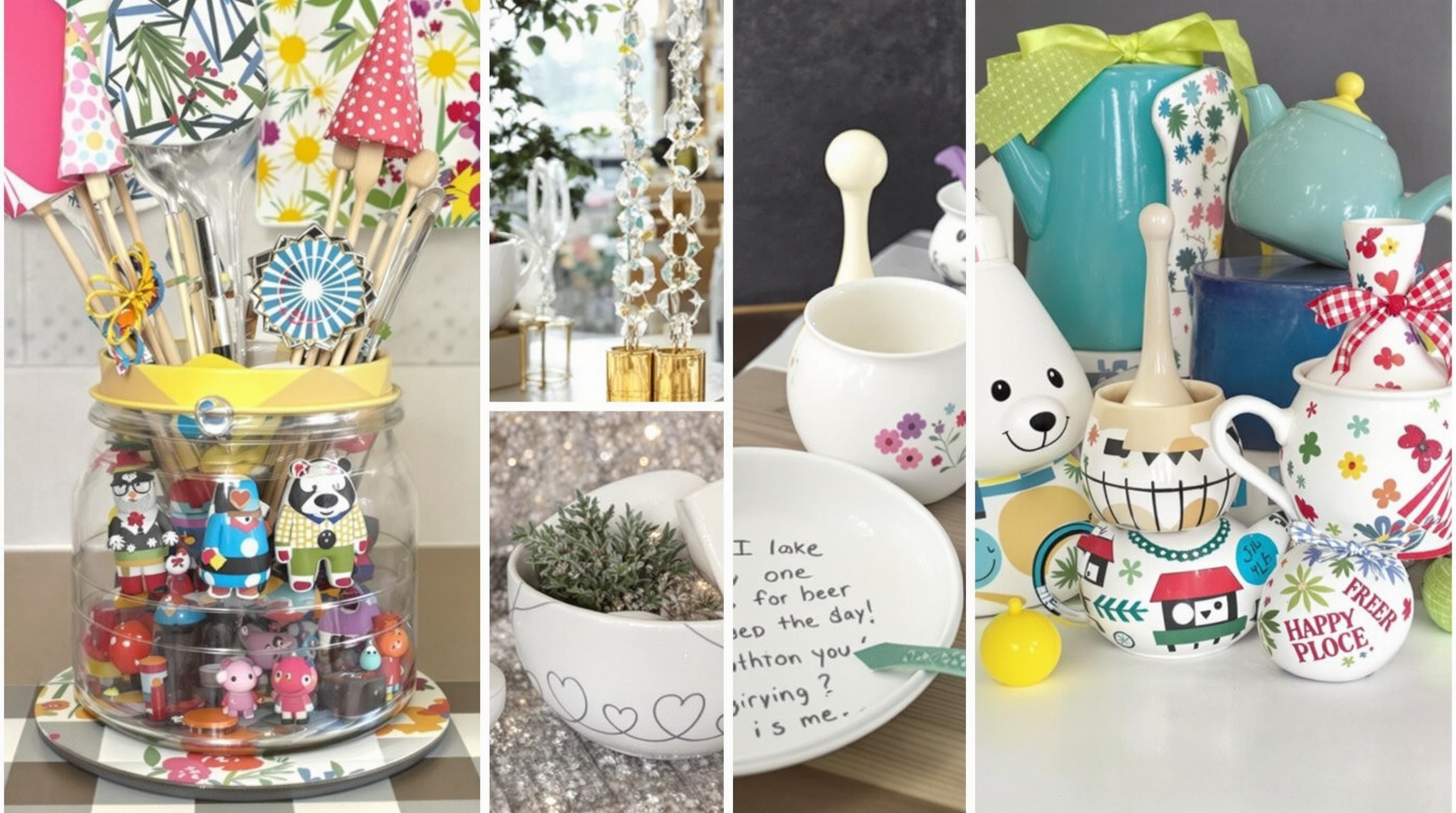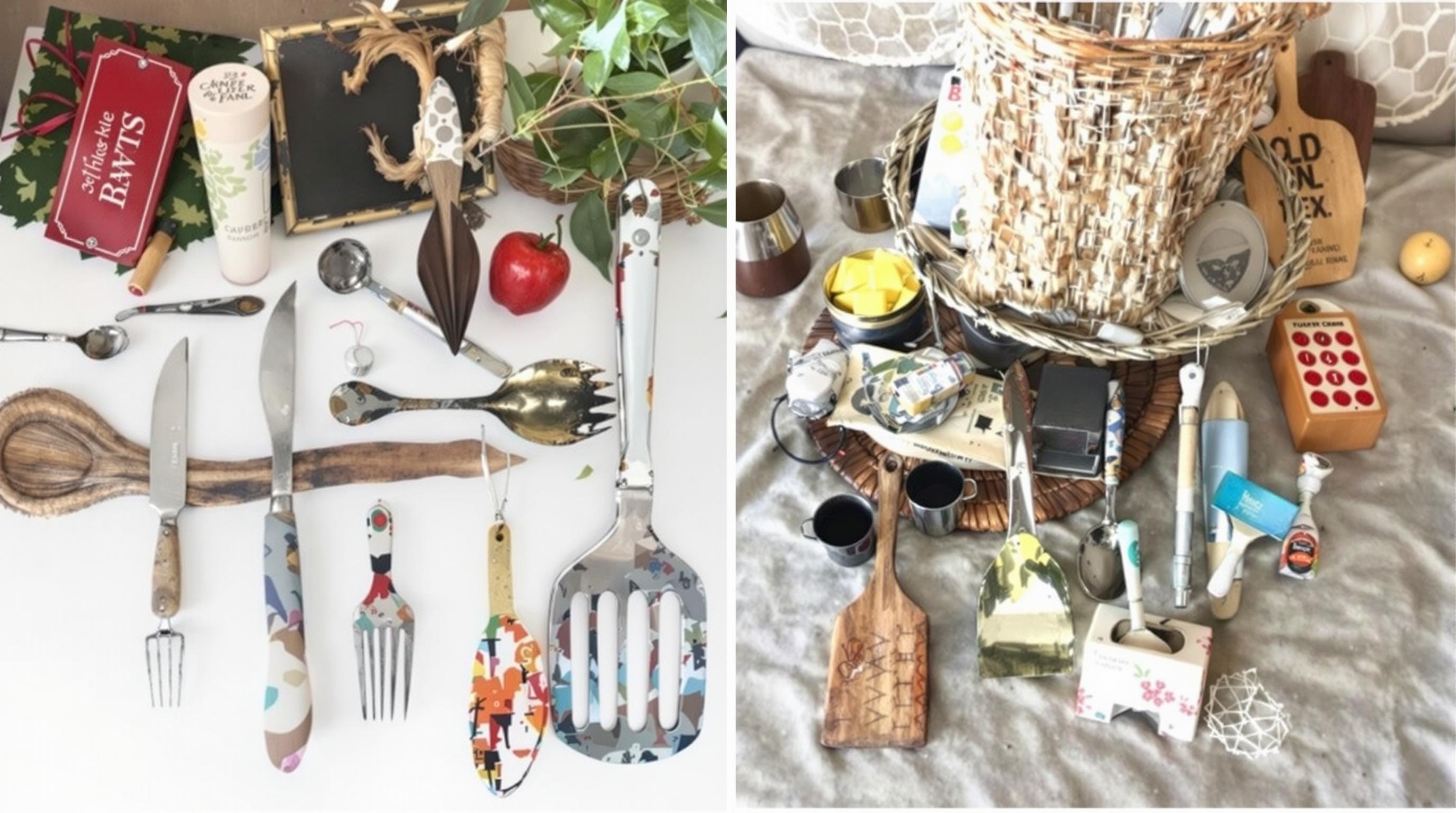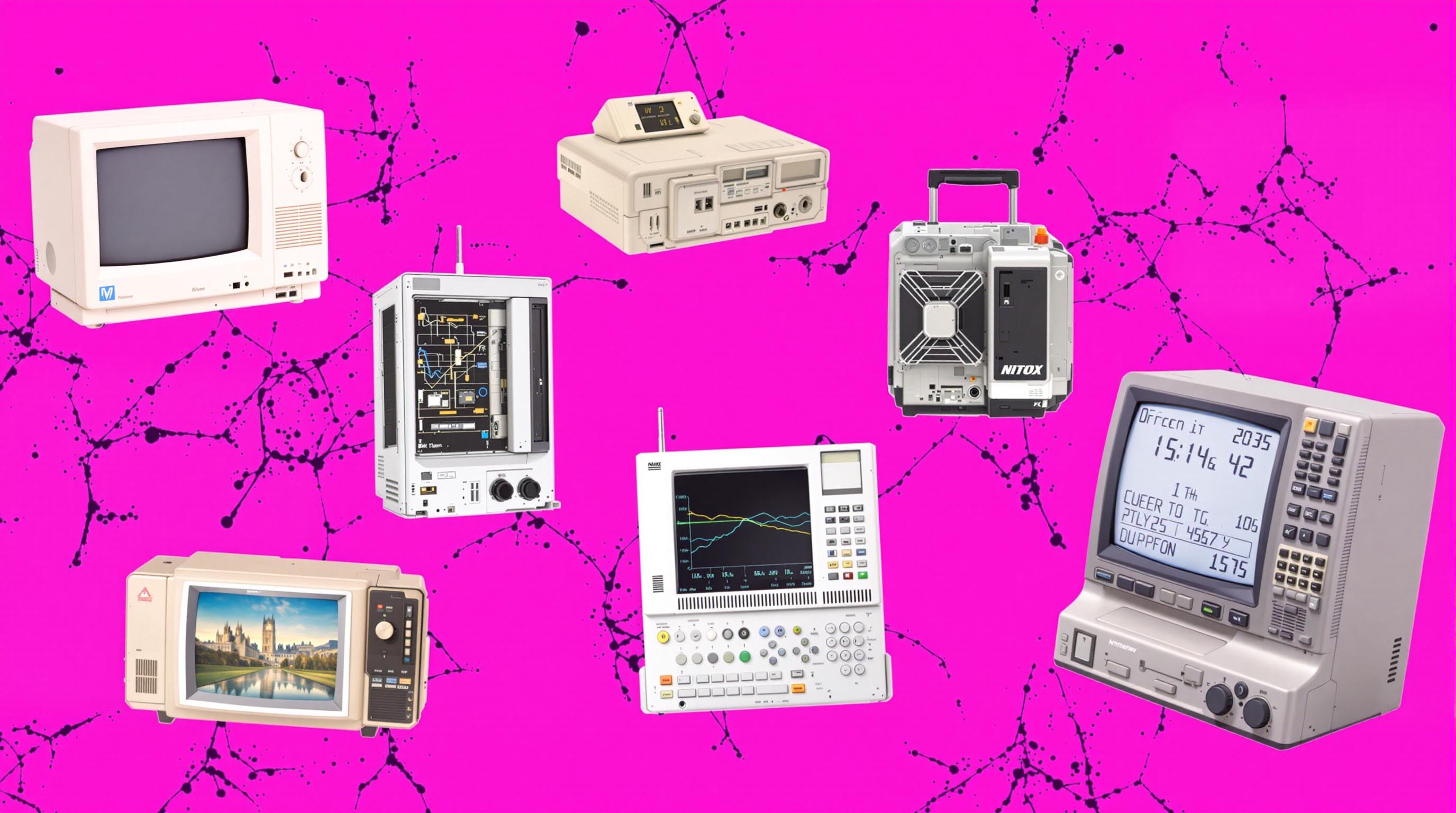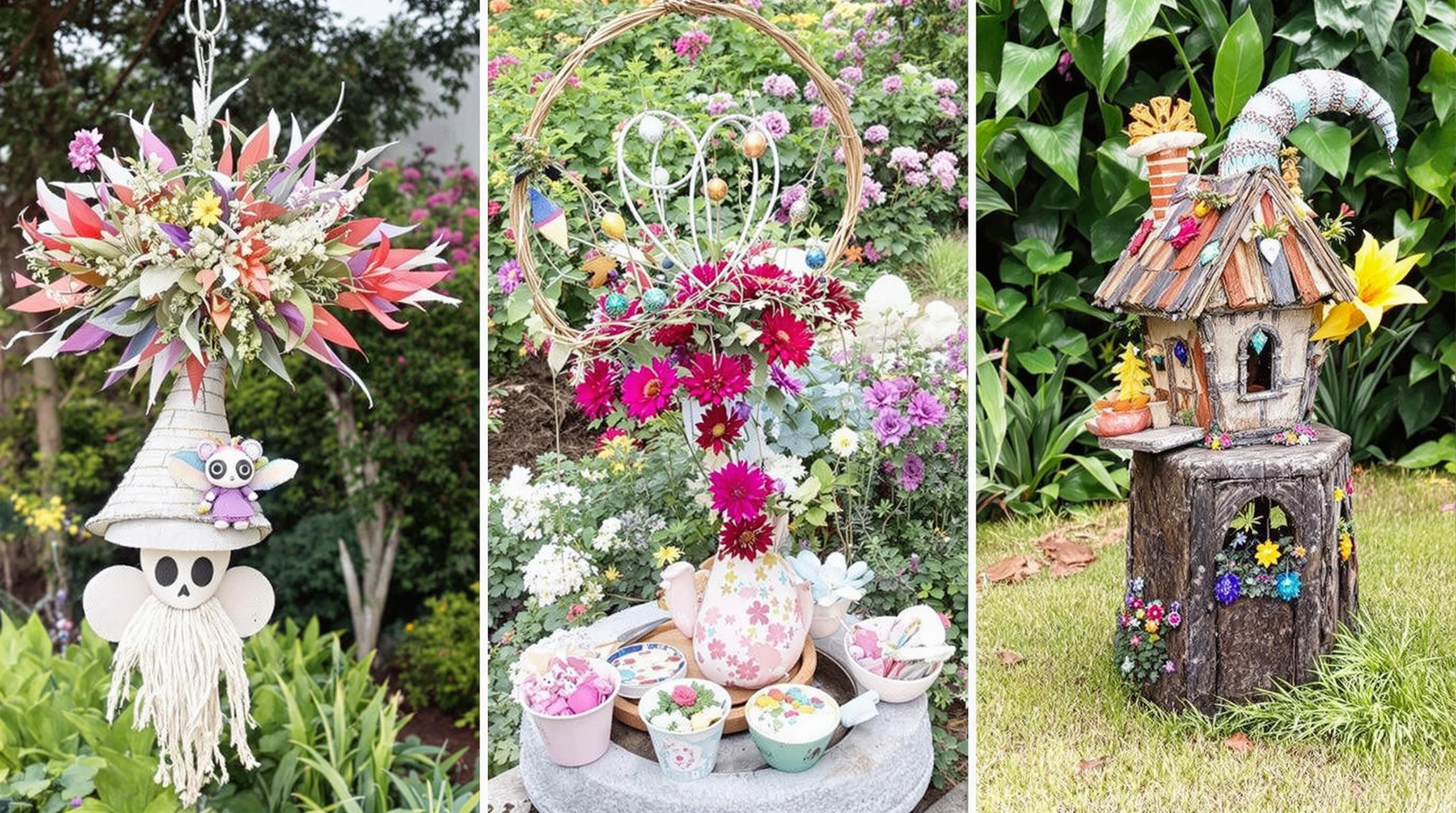Related Articles
- Bizarre Wonders: Crafting Functional Ornaments from Obsolete Household Gadgets and Oddities
- Eco-Chemistry: Innovative Projects Using Upcycled Materials from Your Kitchen for Sustainable Living
- Mystical Metamorphosis: Crafting Enchanted Home Decor from Unwanted Childhood Toys and Forgotten Doll Parts
- Color Cravings: Exploring the Unconventional Links Between Food Choices and Fashion Statements
- Hues of Controversy: The Surprising Ties Between Color Choices and Ethical Consumerism Trends
- Color Waves: Exploring the Impact of Music on Visual Aesthetics in Art and Fashion Choices
Curious Curiosities: Unveiling the Secret World of Upcycled Science Experiments for Kids and Adults
Curious Curiosities: Unveiling the Secret World of Upcycled Science Experiments for Kids and Adults
Multigenerational learning and creativity can thrive through the exciting world of upcycled science experiments. This article will explore how both kids and adults can engage in environmentally friendly projects that stimulate curiosity, foster innovation, and reveal the hidden wonders in everyday recyclable materials.
Embracing Upcycling: The Science of Sustainability
Upcycling isn’t just a trendy buzzword; it’s a powerful movement that encourages recycling, creativity, and environmental consciousness. Did you know that according to the Environmental Protection Agency, in 2018, Americans generated approximately 292.4 million tons of trash? That's about 4.9 pounds per person, per day! Imagine redirecting some of that 'trash' into exciting science experiments instead.
Curious Science for Children
Let’s start with the younger crowd! Kids have an innate sense of curiosity that should be nurtured. By incorporating upcycled materials into science experiments, parents can create a fun and educational environment. Picture this: a simple plastic bottle can be turned into a model of the solar system. With a few painted balls and some string, children can not only learn about the planets but also the importance of reusing materials. This kind of engagement can spark a lifelong interest in science.
For instance, take the classic vinegar and baking soda volcano experiment. Instead of using a new container, grab an empty soda bottle: 1. Pour in some baking soda. 2. Add a touch of food coloring for effect. 3. Slowly pour in vinegar and watch the eruption! Challenge: Have kids think about alternative ways to cause a reaction. Can they create a similar volcano using different upcycled materials? This inquiry-based approach inspires critical thinking and adaptability.
Statistics You Can Share!
According to a study published in the Journal of Environmental Psychology, children exposed to active environmental education programs show a 30% increase in understanding environmental issues compared to their peers. Upcycled science experiments fit perfectly into this educational framework, allowing kids to learn while reducing waste.
Igniting Creativity in Adults
Now, let’s flip the script. Adults can get involved in upcycling too; in fact, they often find a deeper appreciation for these experiments. A 2021 survey conducted by the Environmental Protection Agency revealed that adults engaged in creative upcycling display an 18% increase in their overall well-being—who knew recycling could also recycle happiness?
Experiments That Will Blow Your Mind!
Consider this: Take an old glass jar and turn it into a terrarium. Beyond its aesthetic appeal, this project demonstrates the water cycle in action. It can serve as a conversation starter about ecosystems while simultaneously acting as a low-maintenance houseplant. Who would have thought that an old jar could create such a vibrant little ecosystem in your home?
Here’s a more complex project aimed at adults: Building a solar oven from an old pizza box. The great part about this project is that it blends science and culinary arts, offering a delicious reward for your efforts. To do it, you'll need: 1. A pizza box 2. Aluminum foil 3. Clear plastic wrap 4. Black construction paper Place foil on the inside lid of the box (shiny side out), line the bottom with black paper to absorb heat, cover the opening with plastic wrap, and voilà—turn it toward the sun! You can bake s'mores, make nachos, or even heat up leftovers. It’s a fun way to demonstrate solar energy principles while enjoying a snack!
Case Study: Upcycled Classroom Project
A fascinating case study comes from a Massachusetts school, where students transformed discarded items from local businesses into science fair projects. One student built a self-watering planter using a plastic bottle and broken ceramic pot, demonstrating concepts of capillary action. The project earned first place and led to community discussions about sustainability, showcasing how curious curiosities can yield tangible benefits.
A Social Experiment with a Twist
Joining a community or hosting workshops can amplify the effects of these upcycled science projects. Sharing experiences and knowledge with others helps to build a sense of belonging and purpose. One can create neighborhood events where participants bring items destined for the landfill for crafting and experimentation—think “community science fair.” You provide the guidance, and participants can showcase their innovative ideas. This reinforces a culture of sustainability while learning from one another.
Make It Competitive!
Turning these experiments into competitions can also generate interest. For example, host a “best out of waste” science challenge where people can present their upcycled experiments. This can be evidenced by a similar initiative in India, where a local school held a competition that mobilized hundreds of families. Their creations included everything from recycled robots to solar-powered vehicles, demonstrating that creativity knows no bounds.
Reflection and Future Implications
As we delve deeper into the art of upcycling science experiments, we realize that the implications extend beyond curiosity and engagement. The act of experimenting and engaging with reusable materials not only fosters innovation but also encourages a sustainable mindset. In essence, we can recycle not just materials but also creativity and consciousness.
As a writer of 27 years old, I've wondered how my childhood experiences of crafting with ‘scrap’ materials shaped my understanding of environmental issues today. When I was a kid, I often created fortresses from old boxes, but little did I know, those fortresses were not just a haven for imagination but also lessons in resourcefulness. Let’s all take a page from that childhood enthusiasm and infuse it into our lives today.
Utilizing Technology for Better Reach
In our tech-driven world, sharing experiences with upcycled science experiments on social media can also inspire others. Platforms like Instagram and TikTok have been flooded with “upcycled projects,” giving everyday people an opportunity to promote sustainable lifestyles. The hashtag #UpcycleScience has even garnered over 50,000 posts! Not only can you showcase your projects, but you also encourage a community of fellow enthusiasts.
The Bottom Line
So, gather those recyclable materials, let your imagination run wild, and embark on an adventure of curious curiosities. Whether you are introducing young minds to the wonders of science or nurturing the intellect of adults, upcycled science experiments hold the power to build bridges between generations, foster creativity, and contribute to a healthier planet.
In closing, the greatest secret the world holds is not just in upcycling but in our ability to inspire one another through creativity and resourcefulness. Who knows what innovative solutions and explorations await those bold enough to embark on this adventure?
Ready to start? Your kitchen may just hold the key to your next scientific discovery.
